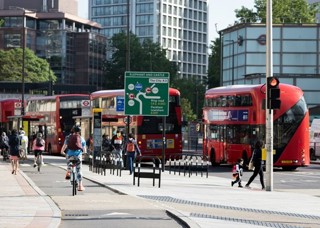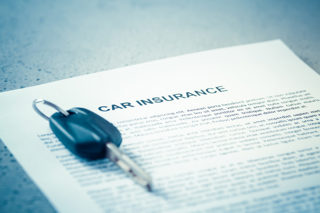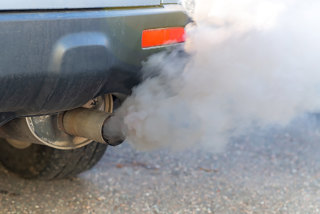Winter collisions result in £150 million of additional repair work in winter, with approximately 70,000 more incidents occurring, according to research from Accident Exchange.
The accident aftercare specialist says frosty roads, fewer daylight hours and wet weather result in the 15% rise in accidents during January-March when compared to the equivalent June-August summertime figure.
The company says its analysis of 28,000 incidents, shows that during evening rush hours of 5-6pm, that figure jumps by almost a third (30%) as commuters hit the road but struggle with the road conditions.
Higher fatigue towards the end of the working week is likely to have contributed to making Friday the worst day for accidents, with 19% more incidents than an average week day.
Accident Exchange also found that the heaviest spike in accidents fell on the last Friday before the May Day bank holiday, with 75% more accidents than the average.
In 2017, that day falls on April 28, which could see an increase in recorded accidents of approximately 10,500 versus 6,000 on a typical day.
Scott Hamilton-Cooper, operations director at Accident Exchange, said: “Dealers and bodyshops can capitalise on the £150 million rise in repairs in winter by anticipating the need to increase capacity, where possible.
"Even predicting a rise towards the end of the working week can potentially improve efficiency.
“With one of the coldest Januarys on record already under our belts, motorists will have been even more prone to ice, slippery roads and fog which could easily see this number rise even further.”
The study examined 28,000 incidents recorded by Accident Exchange between January 2015 and December 2016.






















Captain Obvious - 01/11/2017 13:07
Seriously?! if this is not the most obvious piece of "news" then I don't know what is...